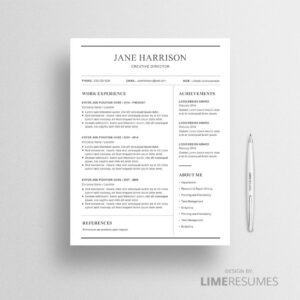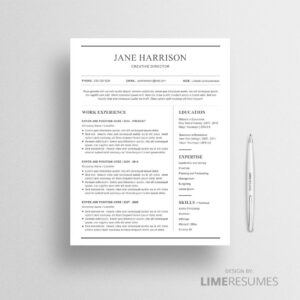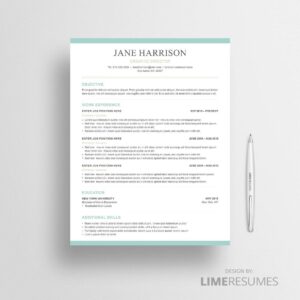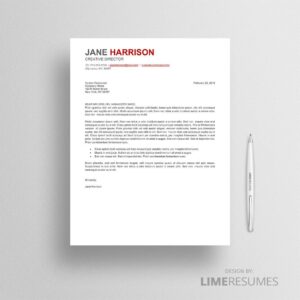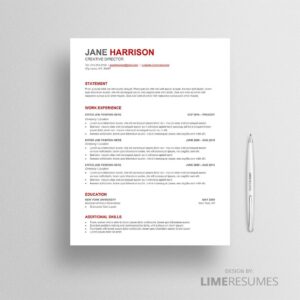One-stop-shop for Resumes & Jobs
The Ultimate Career-Ready Resumes & Jobs
Learn about the best careers for you, or save time and land more interviews with easy to edit professional resume templates.


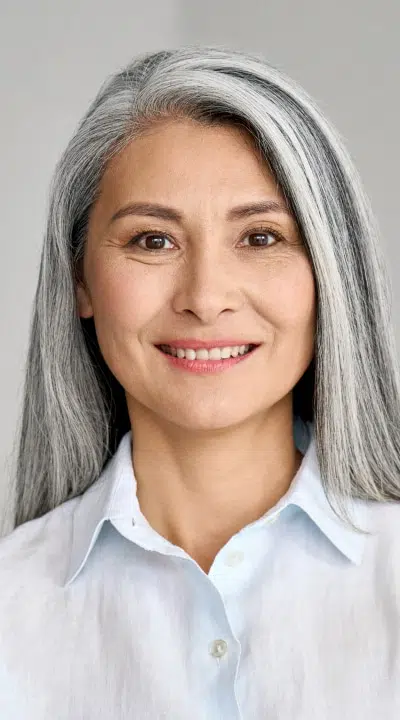







Explore MyJobSearch
Browse our templates to find one that matches your personality.
View Careers
Find information about the world’s most popular careers, in the top industries globally.
- Career Development
- Job Search Advice
- Interviewing Advice
Everything Hiring
Are you looking to hire? It pays to be prepared. Check out our tips here.
Resumes
Find the right resume for you, from clean and classic to modern and creative.
Resumes. Proven to work.
Browse our templates to find one that matches your personality.
Get Hired
Professionally designed resume template can help you to get more callbacks & interviews while other applicants get put in the ‘No’ pile.
Look Professional
Clear design helps the recruiter to find important information fast. Take your modern print outs with you to job interviews and job fairs.
Save Time
Instantly downloadable resume templates that are easy to edit will save you time. Support included; if you need help, our customer service will be happy to help you.
Career Advice
Read our latest career and resume advice and visit our blog.

Our Resumes are loved by 1000’s
Read our resume secrets and how we have helped thousands
of people get the job of their dreams
Love it! Simple and user friendly, while still a polished resume. Thank you.
Anonymous
Template really looks excellent and is fairly easy to customize. Seller was was super helpful in finding a couple of specific icons I needed and provided great support for a couple questions I had. Highly recommended!
Anonymous
This is a FANTASTIC resume. Really easy to edit! Looks professional and not over the top.
Anonymous
Easy to edit. Perfect for a busy person.
Anonymous
This is a FANTASTIC resume. Really easy to edit! Looks professional and not over the top.
Anonymous
Template really looks excellent and is fairly easy to customize. Seller was was super helpful in finding a couple of specific icons I needed and provided great support for a couple questions I had. Highly recommended!
Anonymous




